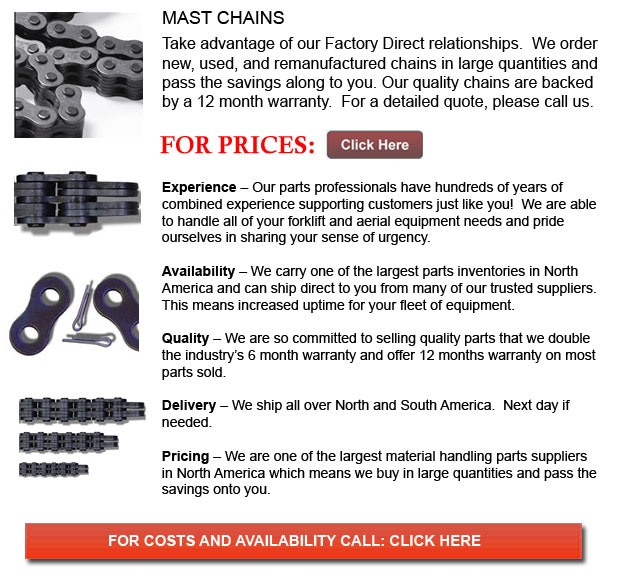
Mast Chains - Leaf Chains comprise different applications and are regulated by ANSI. They are meant for lift truck masts, for low-speed pulling and tension linkage, and as balancers between counterweight and head in some machine gadgets. Leaf chains are occasionally likewise referred to as Balance Chains.
Construction and Features
Constructed of a simple pin construction and link plate, steel leaf chains is identified by a number which refers to the lacing of the links and the pitch. The chains have specific features like for instance high tensile strength per section area, that allows the design of smaller mechanisms. There are A- and B- kind chains in this particular series and both the AL6 and BL6 Series contain the same pitch as RS60. Lastly, these chains cannot be driven using sprockets.
Selection and Handling
Comparably, in roller chains, all of the link plates have higher fatigue resistance because of the compressive stress of press fits, while in leaf chains, just two outer plates are press fit. The tensile strength of leaf chains is high and the maximum permissible tension is low. Whenever handling leaf chains it is essential to confer with the manufacturer's instruction booklet to be able to guarantee the safety factor is outlined and use safety guards at all times. It is a great idea to apply extreme care and utilize extra safety guards in functions where the consequences of chain failure are severe.
Utilizing much more plates in the lacing results in the higher tensile strength. For the reason that this does not enhance the most allowable tension directly, the number of plates utilized can be limited. The chains require regular lubrication as the pins link directly on the plates, producing an extremely high bearing pressure. Utilizing a SAE 30 or 40 machine oil is frequently advised for most applications. If the chain is cycled more than one thousand times on a daily basis or if the chain speed is more than 30m for each minute, it would wear very fast, even with continuous lubrication. So, in either of these situations using RS Roller Chains would be more suitable.
The AL-type of chains must just be utilized under certain situations like when wear is not a huge problem, if there are no shock loads, the number of cycles does not go beyond a hundred each day. The BL-type would be better suited under various situations.
If a chain with a lower safety factor is selected then the stress load in parts would become higher. If chains are used with corrosive elements, then they could become fatigued and break somewhat easily. Doing regular maintenance is important when operating under these kinds of situations.
The type of end link of the chain, whether it is an outer link or inner link, determines the shape of the clevis. Clevis connectors or Clevis pins are made by manufacturers but often, the user provides the clevis. An improperly constructed clevis can decrease the working life of the chain. The strands should be finished to length by the maker. Refer to the ANSI standard or contact the producer.
![]() Click to Download the pdf
Click to Download the pdf
Forklift Parts
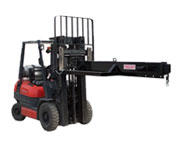
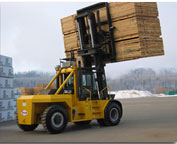
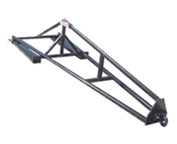
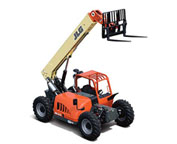
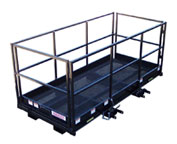
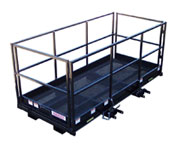
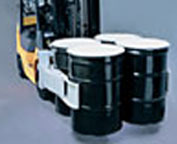
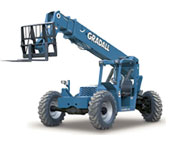
Lift Parts Express
TOLL FREE: 1-888-695-7994
Kelowna, British Columbia
forkliftpartskelowna.ca
Email Us
About Us


